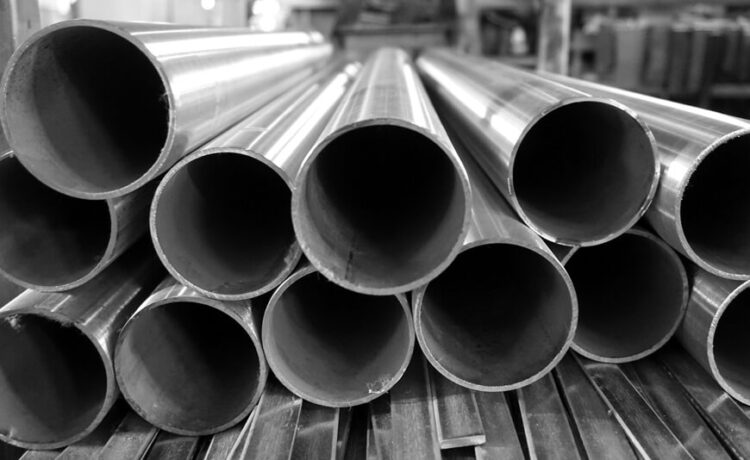The term ‘stainless steel’ is a generic name for many steels that contain chromium and nickel as their major alloying elements. The amount of these alloying elements varies from manufacturer to manufacturer and considerably between the various grades made.
The addition of chromium and nickel to steel significantly improves the strength, hardness, and resistance to corrosion that this iron alloy exhibits.
Stainless steels can be divided into two broad types – ferritic and austenitic.
- Ferritic steel is magnetic, making it easy to discern between stainless grades, making it easier for you to identify the ‘good quality of a stainless item. However, not all grades of stainless are magnetic. So even if you have a magnet, you cannot tell the grade of stainless by its reaction to the magnet alone.
- Austenitic steel has an iron-chromium ratio of around 18% towards the lower end for this type of stainless steel. It maintains corrosion resistance at certain temperatures and is the most common type used for general corrosion resistance.
The quality of stainless steel can be ascertained in several ways:
- An acid test
If the grade is ferritic, it gives an orange-yellow streak when tested with hydrochloric acid. It should not turn black. If you get black, it is low quality stainless steel and not suitable for its desired application.
- Total carbon content
If the grade is austenitic, then it should have a total carbon content of 0.03%. If it has more than this level of carbon, then it will be possible for corrosion to occur at higher temperatures.
- Grain size
The grain size of austenitic stainless steel is essential when determining good quality. If the grain size is too large, there will be crystalline inclusions in the grade that can lead to stress corrosion cracking and subsequent product failure. Grain sizes for such grades (321 and 347) should not exceed 50nm.
- Corrosion resistance
If the grade is ferritic or martensitic, then it does not have corrosion resistance. This type of steel requires additional protective treatment. It will ensure that you have the desired corrosion protection, especially for all your furniture that has stainless steel table legs.
- Pitting resistance
For the grade to have good pitting resistance, it should have a chromium content of at least 13% and manganese content of no more than 0.6%. The lower the carbon content, the better the pitting resistance.
- Strength
The strength of austenitic steels ranges from 50-70 ksi, with 316 being more towards the higher end.
You can tell if your product is good quality stainless steel by following these ways and tricks. If you are not sure, then it may be worth consulting an expert who can help you ensure that you do not make a mistake.
Final Thoughts
It is crucial that you know all there is to the stainless steel you use. It is possible, especially for kitchen appliances and utensils, home furnishings, or even outdoor furniture. If you are not sure about your stainless and how good it is, find out and make a wise decision. The last thing you want is to make a mistake and have your stainless corrode, rust, or fall apart. There are some tricks to find out good quality stainless steel. However, it is always better if you consult an expert before using the product.











